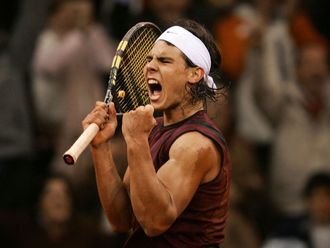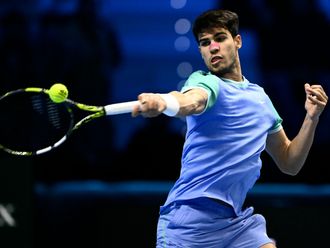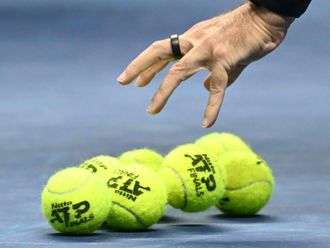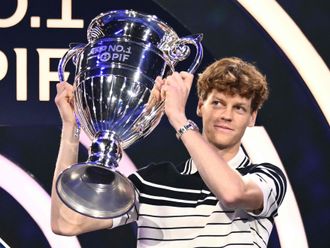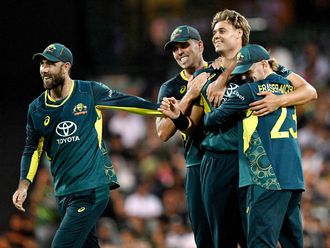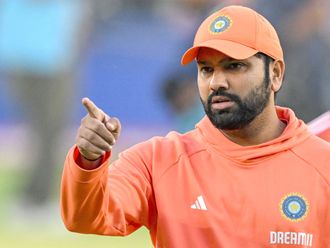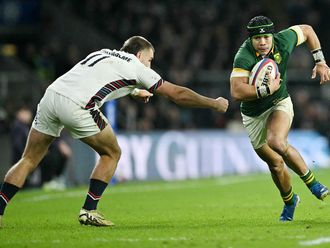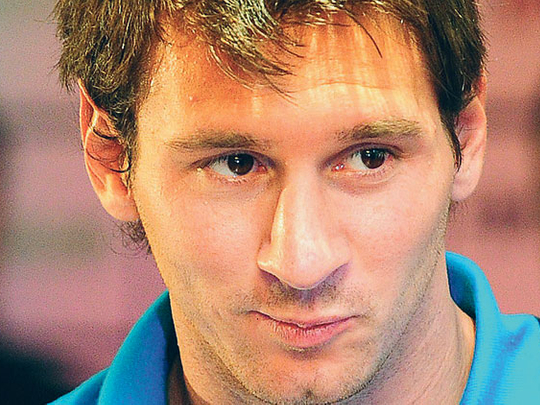
Shanghai: What’s in a name?
Well, absolutely nothing if you ask me, but just try getting to grips with names in Chinese.
Other than getting the intonation right in the art of pronouncing the names of the volunteers, hotel staff and everyone involved in the running of the Shanghai Rolex Masters, what piqued me is what sort of names the Chinese fans have for their hallowed visitors, namely the players.
In a country that has a major part of its younger generation lapping up everything that is western, there is nothing bigger than basketball (read that as the NBA and China’s very own domestic league) and of course, the universal appeal of football.
Lionel Messi, or at least a badly Photoshopped version of him, adorns practically every public transport vehicle and milk carton made in China. Messi is adored here no doubt and he is simply called “Mei Xi” with “Mei” also meaning “flower”.
Similar is the case with his rival at Real Madrid, Cristiano Ronaldo, who once again does not find his first name in Chinese, and so is called “C Luo”.
Former Manchester United and Real Madrid star David Beckham may have migrated across the Atlantic from the UK, but he is still fondly remembered here as “Da Wei Bei Ke Han Mu”.
But Wayne Rooney — known here as “Ween Lu Ni” — far outdoes all these stars by way of popularity, thanks to live broadcasts of Barclays English Premier League matches.
However, nothing catches the fancy of the common Chinese more than the NBA.
Even though “Le Bu Lang Zhan Mu Si” (that’s MVP Le Bron James of the Miami Heat) landing in China for a two-match friendly exhibition against the Los Angeles Clippers, it is Kobe Bryant or “Ke Bi Bu Lai En Te” that the fans pine for.
“It’s normal for the Chinese to be such huge fans of the NBA,” explains journalist Ben Dao.
“And Yao Ming and Jeremy Lin [from the New York Knicks] have made it even bigger now.”
And what about the tennis stars who are in China? Well, there is world number one “Luo Jie Fei De Le”, world number two “Nuo Wa Ke De Yue Ke Wei Qi”, Great Britain’s “An Di Mu Lei” but the most popular of the lot isn’t even here — a certain “La Fei Er Na Da Er”, who has been out of action since losing in the second round of Wimbledon in June.
“Chinese has thousands of characters and one needs to know between 2,500 to 7,000 of these characters to even attempt reading a daily newspaper,” Dao explained.
“I think any first-time visitor to China would do well enough with ‘Ni Hao’ [hello] and ‘She She Ni’ [Thank You].”
I agree as I trudge away with a hasty “She She Ni”.


